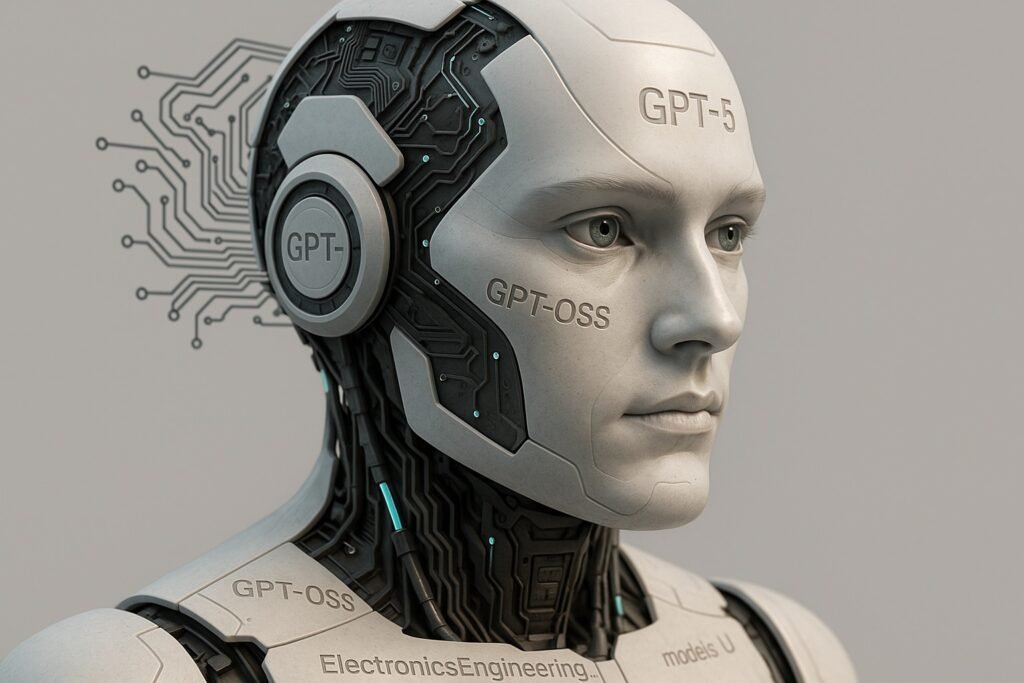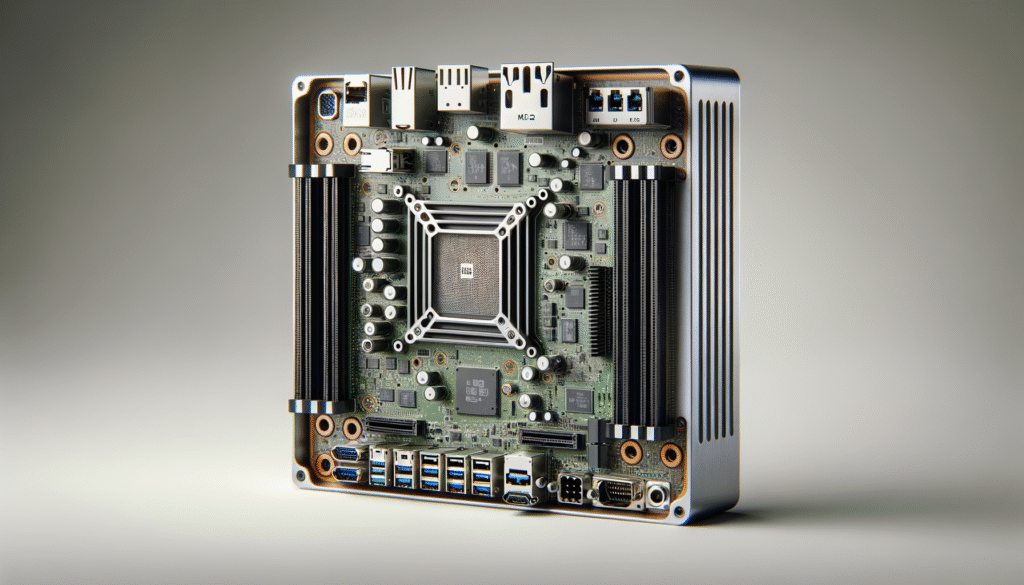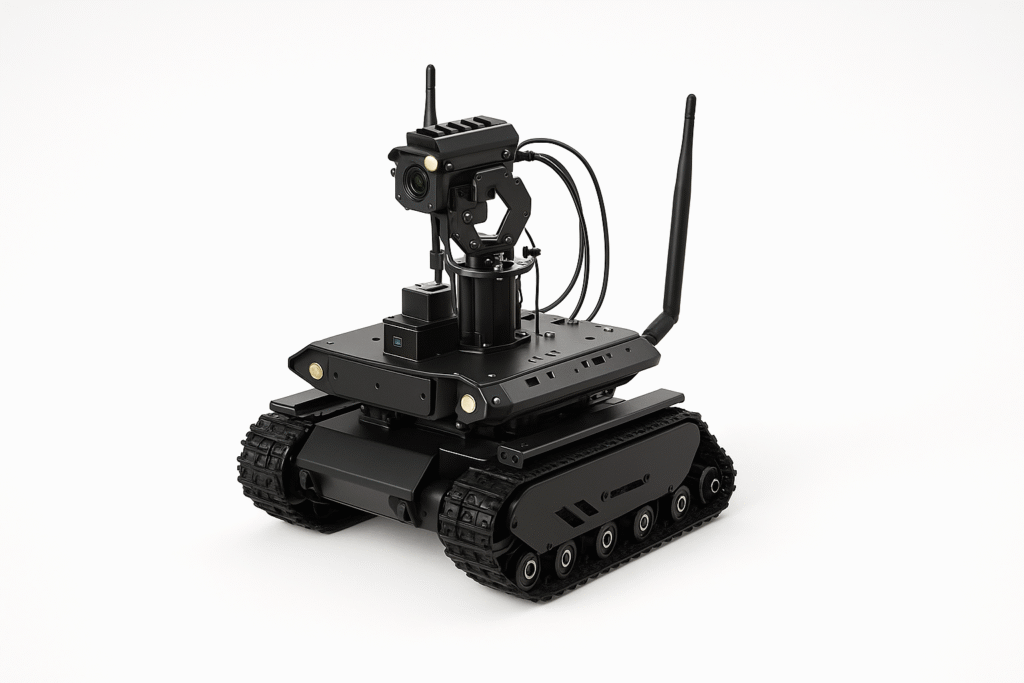Introduction
This comparison includes GPT-5, GPT-OSS-120b, and GPT-OSS-20b models. Understanding the differences and capabilities of these models is essential, especially given the increasing reliance on AI for various applications, from personal assistance to complex problem-solving in professional environments. Both GPT-5 and GPT-OSS models represent significant advancements in AI language technology, and knowing their similarities and distinctions can help you choose the right one for your needs. As AI continues to evolve and integrate into various sectors, making an informed choice is crucial for maximizing the benefits of these tools.
In this article, we will delve into the features, performance, advantages, limitations, and practical applications of each model. By the end, you should have a comprehensive understanding of which model might be best suited for your specific requirements.
Models and Variants
GPT-5
GPT-5 is OpenAI’s latest model, building upon the success of its predecessors with substantial improvements. It is designed to cater to a wide range of applications, making it a versatile tool for both personal and professional use. Here are its key features that set it apart in the landscape of AI language models:
- Unified System: GPT-5 integrates a smart, efficient model that handles most queries swiftly alongside a deeper reasoning model for more complex problems. This duality allows for a more effective response based on the nature of the question, whether it requires quick answers or in-depth analysis. The model utilizes a real-time router that determines the best approach depending on user intent and the complexity of the request.
- Performance: It excels in various domains, including coding, math, writing, and health. For instance, GPT-5 achieved a score of 94.6% on the AIME 2025 math exam, demonstrating its capability in handling academic challenges. This high level of performance makes it suitable for users who require precision and reliability in their AI interactions.
- Reduced Hallucinations: One of the major advancements in GPT-5 is its reduced likelihood of generating false information. Compared to its predecessor, GPT-4o, GPT-5 is 45% less likely to provide factual errors, enhancing user trust. This improvement is particularly important for professionals who rely on accurate data for decision-making.
- Health Questions: GPT-5 has shown remarkable improvements in answering health-related inquiries, scoring significantly higher on the HealthBench evaluation compared to previous models. It acts as a thought partner, helping users navigate complex health information responsibly. This feature positions GPT-5 as a valuable tool for healthcare professionals and individuals seeking reliable health information.
- Faster Thinking: The model is designed to maximize efficiency, producing accurate results with fewer output tokens. This efficiency makes it a strong choice for applications requiring quick responses without sacrificing quality. Users can expect a seamless interaction experience, which is critical in fast-paced environments.
- Safety Measures: GPT-5 features advanced safety protocols, including a new safe completions approach that allows it to provide helpful information while adhering to safety boundaries. This is particularly relevant in industries where data sensitivity is paramount, such as finance and healthcare.
- Custom Personalities: The model introduces preset personalities that can adjust communication styles, making interactions more engaging and tailored to user preferences. This feature enhances user experience by allowing for a more personalized interaction.
Pros and Cons of GPT-5
Pros:
– High performance across various domains.
– Reduced hallucination rates, increasing reliability.
– Advanced safety protocols for sensitive applications.
– Customizable communication styles for user engagement.
Cons:
– Higher resource requirements compared to open-source alternatives.
– Limited access for users without subscription models.
GPT-OSS Models
On the other hand, the GPT-OSS models, specifically GPT-OSS-120b and GPT-OSS-20b, offer a different approach that emphasizes accessibility and flexibility:
- Open Weight Models: These models are designed to be accessible, allowing developers to utilize them under an Apache 2.0 license. They are particularly suited for use on consumer hardware, emphasizing cost efficiency. This accessibility encourages innovation and experimentation among developers and small businesses.
- Performance: The GPT-OSS-120b model approaches parity with OpenAI’s proprietary models on core reasoning benchmarks, making it a strong contender in the open-source realm. It is capable of running efficiently on a single 80 GB GPU, while GPT-OSS-20b can operate on edge devices with just 16 GB of memory. This flexibility allows for deployment in various environments, from high-performance servers to low-end devices.
- Reasoning Capabilities: Both models excel in reasoning tasks, with strong performance in tool use and few-shot learning scenarios. They are optimized for various deployment environments, enabling flexibility in how and where they are used. This makes them versatile options for developers working on diverse applications.
- Safety Standards: GPT-OSS models have undergone rigorous safety evaluations and are designed to maintain safety standards comparable to proprietary models, ensuring responsible use in diverse applications. This focus on safety is crucial for developers who want to implement AI responsibly.
- Customization: The models support customization, allowing developers to fine-tune them for specific needs and integrate them into various systems. This feature is particularly beneficial for businesses looking to create tailored solutions that meet their unique requirements.
- Layered Architecture: With a mixture-of-experts architecture, GPT-OSS models can activate a subset of parameters per token, enhancing efficiency and performance without requiring excessive computational resources. This innovative design enables better scalability and resource management.
Pros and Cons of GPT-OSS Models
Pros:
– Open-source accessibility encourages widespread use and innovation.
– Efficient performance on consumer-grade hardware.
– Strong reasoning capabilities with customizable features.
– Flexible deployment options for various environments.
Cons:
– May not match the performance of proprietary models in all scenarios.
– Requires technical expertise to customize effectively.
In summary, GPT-5 is focused on providing a highly refined user experience with sophisticated capabilities in reasoning and safety, while GPT-OSS models prioritize accessibility and flexibility for developers and organizations looking for open-source solutions. The choice between these models will largely depend on the specific needs and resources of the user or organization.
Performance and Use Cases
GPT-5 Performance
GPT-5 stands out in the AI landscape due to its exceptional performance across multiple domains. Here are some specific areas where it excels:
- Natural Language Processing (NLP): GPT-5’s NLP capabilities allow it to understand and generate human-like text, making it suitable for chatbots, virtual assistants, and content generation.
- Mathematical Problem Solving: As evidenced by its AIME 2025 score, GPT-5 can tackle complex mathematical problems, making it a valuable tool for students and educators.
- Creative Writing: The model can assist in generating creative content, such as stories, poems, and marketing copy, which can save time for writers and marketers.
- Healthcare Applications: With its ability to analyze medical literature and provide insights, GPT-5 can assist healthcare professionals in decision-making and patient care.
- Coding and Debugging: Developers can utilize GPT-5 to write code snippets, debug existing code, and learn new programming languages through interactive dialogue.
GPT-OSS Performance
The GPT-OSS models, specifically GPT-OSS-120b and GPT-OSS-20b, offer robust performance, particularly in open-source environments. Here are key performance areas:
- Accessibility: Both models are designed to run on consumer-grade hardware, making them accessible to a broader audience. GPT-OSS-20b can even operate on devices with limited resources, enhancing its usability.
- Customization and Flexibility: Developers can fine-tune the models for specific applications, allowing for tailored solutions that meet unique business needs.
- Reasoning Tasks: The models excel in reasoning tasks, making them suitable for applications that require logical thinking and problem-solving capabilities.
- Tool Use: Both models demonstrate strong performance in tool use scenarios, allowing them to integrate with other software and applications effectively.
- Community Collaboration: The open-source nature of GPT-OSS fosters collaboration among developers, leading to innovative applications and improvements.
Advantages and Limitations
Advantages of GPT-5
- High Accuracy: The model’s advanced training and reduced hallucination rates ensure that it provides reliable and accurate information, crucial for professional applications.
- User Engagement: Custom personalities enhance user interaction, making it more engaging and enjoyable for users.
- Comprehensive Capabilities: Its ability to handle a variety of tasks, from coding to health inquiries, makes it a versatile tool for different user profiles.
Limitations of GPT-5
- Cost: Access to GPT-5 may require a subscription, which could be a barrier for some users, especially those in budget-constrained environments.
- Resource Intensive: The model’s high performance comes with increased resource requirements, necessitating powerful hardware for optimal operation.
Advantages of GPT-OSS Models
- Cost-Effective: Being open-source, GPT-OSS models can be utilized without the costs associated with proprietary models, making them accessible for startups and small businesses.
- Customization: The ability to modify and fine-tune the models allows developers to create solutions tailored to specific needs, fostering innovation.
- Community Support: The open-source community provides a wealth of resources, including documentation and shared projects, aiding developers in their implementation efforts.
Limitations of GPT-OSS Models
- Performance Variability: While they are competitive, GPT-OSS models may not always match the performance of proprietary models like GPT-5 in complex scenarios.
- Technical Expertise Required: Customizing and deploying these models effectively may require a level of technical knowledge that not all users possess.
Applications or Practical Examples
GPT-5 Applications
- Healthcare Support: GPT-5 can assist healthcare professionals by providing accurate information and analysis of medical data, helping them make informed decisions in patient care.
- Content Creation: Writers and marketers can use GPT-5 to generate high-quality content, including articles, blogs, and marketing materials, with minimal editing required.
- Programming Assistance: Developers can leverage GPT-5’s coding capabilities to troubleshoot issues, generate code snippets, and even learn new programming languages.
- Educational Tools: Educators can utilize GPT-5 to create interactive learning experiences, offering personalized tutoring and explanations tailored to individual student needs.
- Customer Support: Businesses can implement GPT-5 in their customer service departments to handle inquiries efficiently, providing quick responses to common questions.
GPT-OSS Applications
- Mobile Applications: GPT-OSS-20b can be integrated into mobile apps, providing users with AI-powered features like chatbots and personal assistants without requiring extensive hardware.
- Custom AI Solutions: Businesses can customize GPT-OSS-120b to develop proprietary AI solutions that cater to specific industry needs, enhancing operational efficiency.
- Research and Development: Researchers can use GPT-OSS models to analyze large datasets and generate insights, facilitating innovative discoveries in various fields.
- Community Projects: The open-source nature of GPT-OSS models allows communities and developers to collaborate on projects, fostering innovation and knowledge sharing.
- Educational Platforms: Educational institutions can utilize GPT-OSS models to create interactive learning tools that enhance student engagement and understanding.
What Model to Choose?
Choosing between GPT-5 and the GPT-OSS models depends on several factors, including your specific use case, available resources, and technical expertise. Here are some recommendations based on user profiles:
For Beginners
If you are just getting started with AI and machine learning, GPT-OSS-20b might be the best fit for you. Its low memory requirements and straightforward deployment make it accessible for users without extensive hardware resources. Additionally, the open-weight model allows you to experiment and learn without the need for costly API subscriptions. This model serves as an excellent entry point into the world of AI, providing a practical platform for learning and development.
For Professionals
For professionals needing high-level capabilities, GPT-5 is the recommended choice. Its advanced reasoning skills, reduced hallucination rates, and enhanced performance across various domains make it ideal for complex tasks in fields like coding, writing, and health consultation. Furthermore, its safety features provide peace of mind when dealing with sensitive information. Professionals can leverage GPT-5 for tasks that require accuracy and reliability, ensuring that they can depend on the AI for critical decision-making.
For Educators
Educators can benefit from both models, but GPT-5 may offer a more engaging experience for students. Its ability to adapt to different communication styles and provide in-depth explanations can enhance the learning process. This adaptability can make lessons more interactive and enjoyable. However, if budget constraints are a concern, GPT-OSS-120b offers strong performance at a lower cost, making it suitable for educational institutions looking to implement AI without significant investment. This model can provide educators with the tools they need to foster a modern learning environment.
For Developers
Developers should consider their specific needs when choosing between the two models. GPT-OSS-120b is advantageous for those looking to build applications with open-source solutions, as it allows for extensive customization and flexibility. This model empowers developers to create tailored applications that meet specific user needs. Conversely, if you require the highest performance and advanced reasoning capabilities, GPT-5 is the superior option, especially for applications that demand rapid and accurate responses. Developers can utilize GPT-5 to create sophisticated applications that require a high degree of reliability and performance.
For Small Businesses
Small businesses may find GPT-OSS-20b an attractive option due to its cost-effectiveness and efficient performance on lower-end hardware. It allows for rapid deployment and customization without the overhead of proprietary software. This accessibility can help small businesses leverage AI technology to improve operations and customer interactions. However, for businesses focused on health or complex problem-solving, investing in GPT-5 could yield better long-term benefits, given its robust safety features and advanced capabilities. This investment can help small businesses enhance their service offerings and improve customer satisfaction.
Conclusion
In conclusion, both GPT-5 and the GPT-OSS models have unique strengths that cater to different user needs. GPT-5 excels in providing sophisticated reasoning, safety, and user engagement, making it suitable for professionals and educators. Its advanced capabilities make it a powerful tool for tackling complex problems across various domains. On the other hand, the GPT-OSS models offer accessible and customizable solutions for developers and beginners, encouraging innovation and experimentation.
Ultimately, your choice should depend on your specific requirements and context. Whether you prioritize performance, safety, or accessibility, understanding the strengths and limitations of each model will empower you to make an informed decision that aligns with your goals. As AI technology continues to evolve, staying updated on these advancements will be crucial for maximizing the benefits of these powerful tools. More information at prometeo.blog.
Official sources
- https://openai.com/index/introducing-gpt-5/
- https://openai.com/index/introducing-gpt-oss/
- https://openai.com/es-ES/index/gpt-5-system-card/
- https://openai.com/es-ES/index/gpt-oss-model-card/
Third-party readings
- gpt-oss vs GPT-5: ¿cuál modelo de OpenAI es adecuado para ti?
- Comparando GPT-5 y GPT-OSS: Un enfoque de IA responsable
- Elegir entre GPT-5 y gpt-oss: Una guía para profesionales
Find this product and/or books on this topic on Amazon
As an Amazon Associate, I earn from qualifying purchases. If you buy through this link, you help keep this project running.



